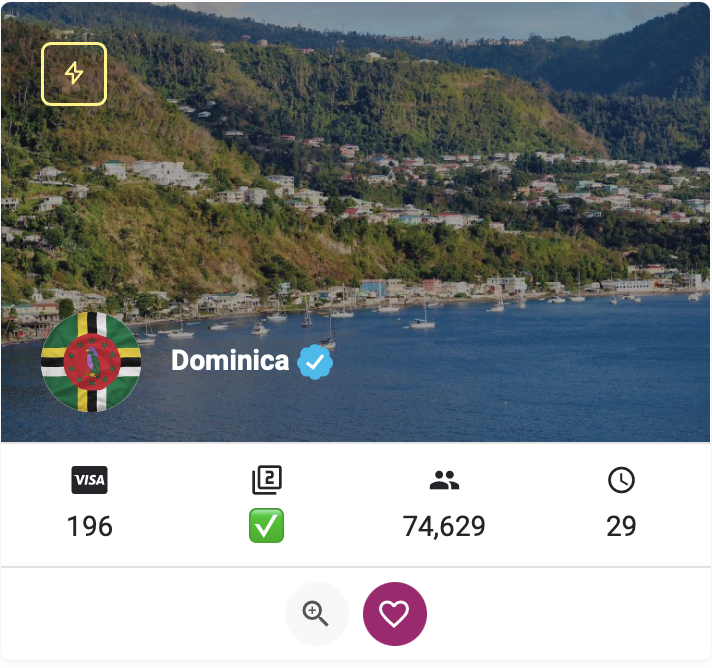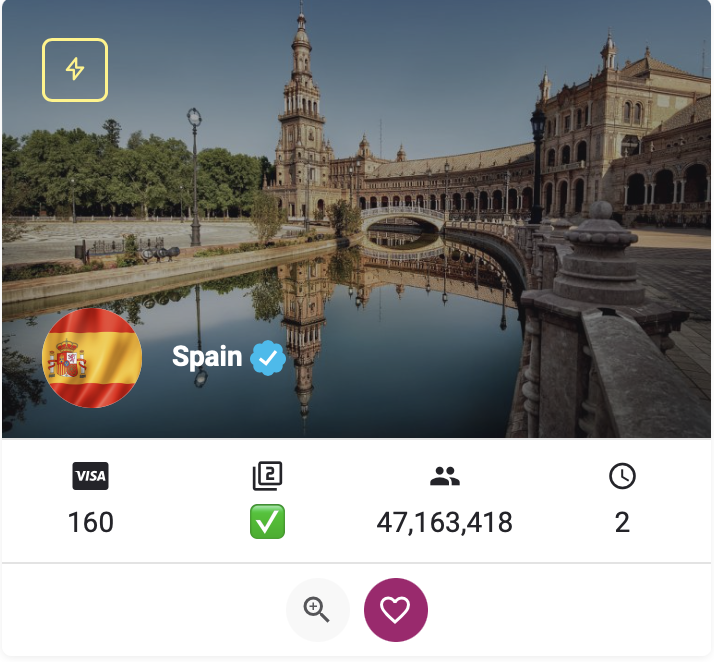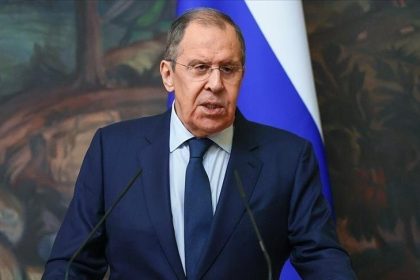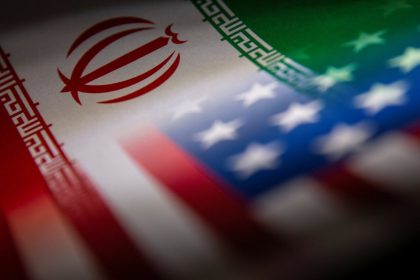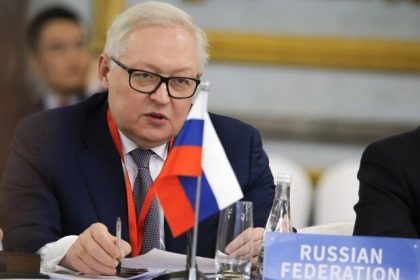Iran, Egypt and regional markets; Convergence in the light of new developments – Mehr News Agency | Iranian and world news
Mehr News Agency, International Group: The relations between Iran and Egypt over the last half century have been a mixture of historical extravagance, ideological competitions and cooperation opportunities. Following the victory of the Islamic Revolution and signing the Camp David Treaty, a deep gap in the relations between the two countries has emerged that, despite cross -sectional efforts, has not been fully resolved. However, structural developments in the world and regional order, including the normalization of Tehran -Riyadh relations, the role of Eastern emerging powers, and the intensification of trans -regional competitions, have led to the redefinition of this relationship in a practical and common interest -based format.
This article responds to the central question by analyzing the goals of Iran and Egypt: How can the two countries reinforce their interests in the region within the framework of “smart diplomacy” and “competitive cooperation”?
1. Geopolitical; From historical conflict to the overlap of interests
Iran and Egypt as two influential poles in the Middle East and North Africa are active in common areas such as Iraq, Gaza and the Red Sea. On the Palestinian issue, although Egypt is the first Arab country to come to peace with Israel, its historical role as a supporter of the Palestinian rights and mediators in Gaza ceasefires, with Iran’s approach to supporting the “resistance groups” in countering the Zionist occupation. The Iranian -Saudi agreement, which was welcomed by Egypt, has provided a new space for indirect talks on Gaza. This transformation, especially in the light of Egypt’s desire to play the role of the “middle pole” in the region’s equations, can help reduce erosion tensions between the resistance front and the Zionist regime.
The key point is the impact of the “domino effect” of Tehran’s and Riyadh normalization on Egyptian -Iranian relations. This historic agreement not only reduces the traditional opposition of the Persian Gulf to the Cairo-Tehran tensions, but also allows Egypt to establish a clever balance between traditional allies and new partners by relying on multilateral diplomacy.
Recent meetings by security officials in Baghdad and Muscat, with the mediation of Iraq and Oman, show that even in the absence of formal diplomatic relations, there are hidden capacities to manage disputes through “indirect dialogue”. Also, recent developments in the Horn of Africa and the Bab al -Mandeb Strait, which are critical to Egypt as a gateway to the Indian Ocean, need to coordinate the two countries.
2. Resistance economy; Crossing sanctions towards South-South solidarity
The economy is the main focus of the current tension discourse. Egypt, with a population of 5 million and the currency crisis caused by the Ukrainian war, requires diversifying business partners and reducing dependence on grain imports. Iran, with a population of 5 million and the “resistive economy” experience under sanctions, can provide a practical model for bilateral cooperation. In this regard, there are several remarkable key areas:
Suez Channel: This vital artery, which provides 5 % of Egypt’s national income, can become a corridor for Iran’s trade with Africa and Europe. Cooperation in securing this route, especially against the threats of Takfiri groups in the Sinai Peninsula, requires coordination of Tehran and Cairo.
Commerce Commerce: Using the alternative mechanisms of the dollar – such as exchange of commodities or the use of national currencies – could circumvent US sanctions and bring the volume of bilateral trade from a small level of $ 5 million in 2 to a significant figure. Egyptian exports of textiles and medicines to Iran against the import of petrochemical and technical products are an example of this win -win cooperation.
Religious Tourism: Egypt, with the sacred Shiites, such as Malik Ashtar’s tomb in Sinai, can become a focal point for Iranian religious tourism. This not only contributes to Egypt’s economic prosperity, but is a step towards the approximation of Islamic religions.
However, structural challenges, including US unilateral sanctions on Iran and Egypt’s dependence on Gulf’s financial assistance, require creative solutions. The creation of non -religious commercial corridors by mediating countries such as Russia and China can reduce these obstacles.
1. Collective security; Red Sea as a cooperation laboratory
In the area of security, the interests of the two countries in the Red Sea and the Bab al -Mandeb Strait are remarkable. Egypt, concerned with the threats of the Takfiri groups on the security of the Suez Canal, can take advantage of Iran’s experiences in the fight against ISIS in Iraq and Syria. On the other hand, Iran can play a mediating role in controlling Gaza’s tensions, a matter for Egypt as a ceasefire goalkeeper. On the other hand, sharing a priority for the fight against ISIL and al -Qaeda can pave the way for technical dialogue between the two sides.
The end; Toward new regional architecture
Iran -Egypt relations are on the verge of a historical change. Although the legacy of the four decades of ideological differences still exists, the following factors reinforce the convergence:
1. Paradigm changes in the world order focused on the decline of Western hegemony and the emergence of multifaceted powers.
2. The economic necessities of global inflation and unjust sanctions that have made South -South cooperation an inevitable option.
In these circumstances, the “competitive cooperation” model, in which the two countries focus on specific areas of common interests without ignoring the principles, is the only realistic strategy. The revival of diplomatic relations will not be a strategic alignment, but a step towards turning destructive competitions into constructive competitions.
Hoda Yousefi; West Asian Issues Expert
(Tagstotranslate) Iran (T) Egypt (T) Cairo
RCO NEWS
RCO








